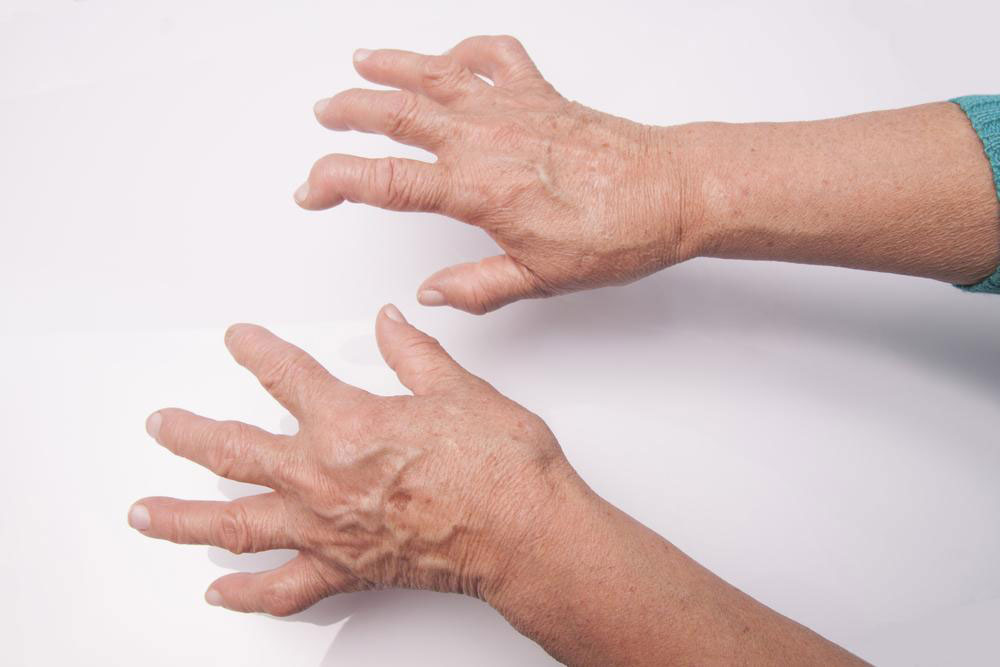Effective Strategies for Managing Pain Relief Medications
This article explores various pain relief medications, including over-the-counter options like acetaminophen and NSAIDs, as well as prescription drugs such as corticosteroids, opioids, antidepressants, and anticonvulsants. It discusses their uses, benefits, potential side effects, and alternative therapies like physical therapy and TENS. Proper medication management under medical guidance is emphasized to ensure safety and effectiveness in pain control, helping patients improve their quality of life while minimizing risks.

Strategies for Managing Pain Through Medication
Experiencing persistent pain can significantly impact daily life, making effective management essential. Medications often provide temporary or long-term relief, helping individuals regain comfort and normalcy. Over-the-counter options like Acetaminophen (Tylenol) and NSAIDs (Nonsteroidal Anti-Inflammatory Drugs) are accessible without prescription. Acetaminophen eases pain by acting on brain pathways, while NSAIDs reduce pain and swelling by decreasing prostaglandin production. These drugs can alleviate muscle aches, inflammation, and fever, but should be used responsibly.
Prostaglandins are hormones that trigger pain sensations. While NSAIDs are effective, they may increase the risk of cardiovascular issues and cause stomach upset in sensitive individuals. For localized pain, topical treatments like creams, lotions, and sprays offer targeted relief without systemic effects. Prescription medications like corticosteroids, opioids, antidepressants, and anticonvulsants are prescribed for specific conditions under medical supervision. These treatments help address inflammation, severe pain, emotional distress, or nerve-related pain but come with potential side effects that require careful management.
The use of corticosteroids is common for reducing inflammation and allergic reactions. They are prescribed in low doses and for limited durations to minimize side effects like weight gain, mood swings, bone thinning, or immune suppression. Opioids, reserved for severe acute pain such as post-surgical discomfort, provide potent relief with a low risk of addiction when used properly. However, they may cause nausea, constipation, breathing issues, or drowsiness if misused. Antidepressants and anticonvulsants are also employed in chronic pain management, particularly for nerve-related issues or mood-related pain that does not respond to other treatments. Monitoring and consultation with healthcare professionals are essential for safe use of these medications.
If medications do not fully resolve pain, additional options such as physical therapy or Transcutaneous Electrical Nerve Stimulation (TENS) may be recommended to aid in pain reduction.










